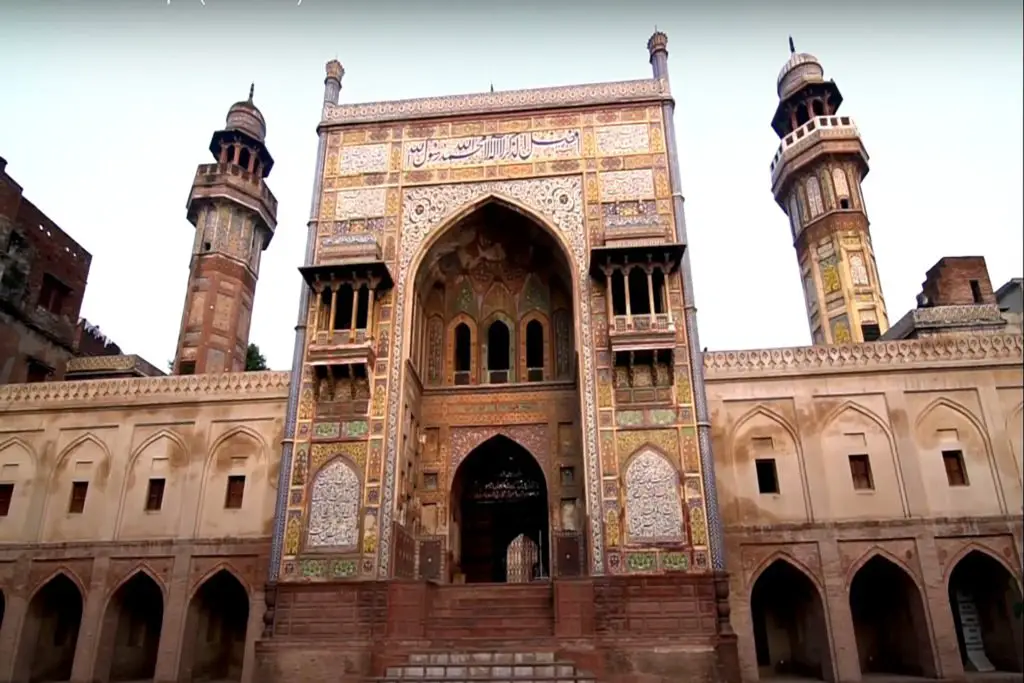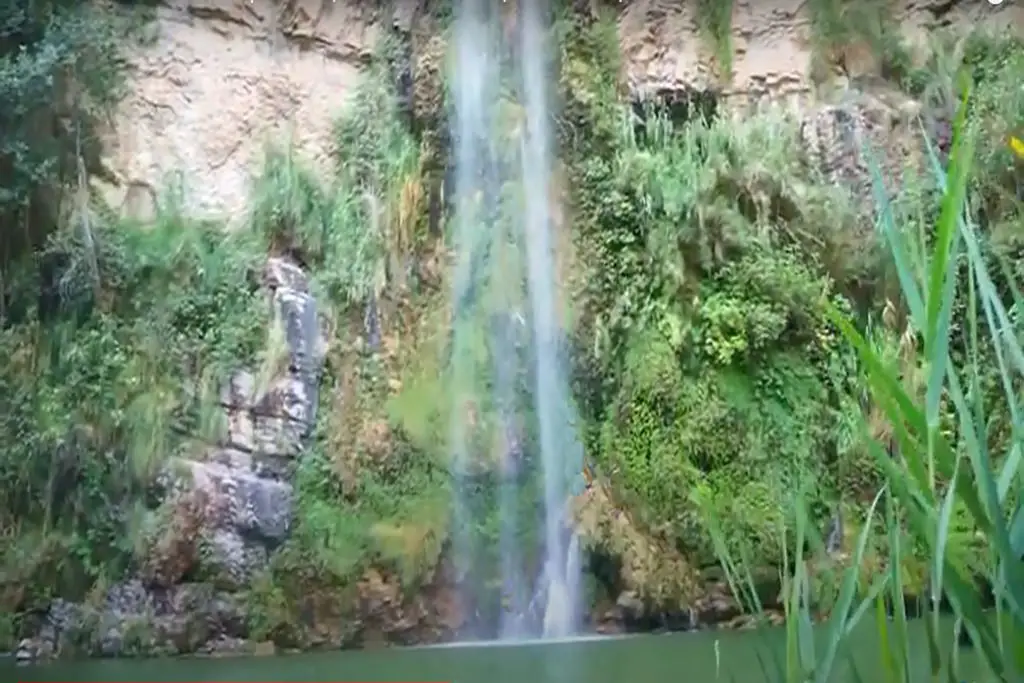Nestled in the heart of Bahawalpur, Pakistan, the historic Jamgarh Fort stands as a testament to the region’s rich heritage, a magnificent architectural gem that has weathered the sands of time. Built with striking beauty and precision, Jamgarh Fort Bahawalpur is a cherished relic of a bygone era, offering a glimpse into the regal past of Bahawalpur.
Jamgarh Fort Location
Jamgarh Fort Bahawalpur is a historic Fort located 114 kilometers east of Bahawalpur Punjab, 36 kilometers from Fort Abbas town, and 9 km from Mirgarh Fort in Cholistan. The history of this fort is found in numerous history books.
Who Built Jamgarh Fort Bahawalpur
Constructed with exquisite brickwork that has remarkably retained its original form, Jamgarh Fort in Bahawalpur stands as an architectural masterpiece. This fort, dating back to 1788, is designed in a square layout, measuring 114 feet on each side. Its towering walls reach a height of 28 feet, and at each of the four corners, you’ll find a circular bridge gracefully spanning the divide.
The ancient forts in the Cholistan desert attract tourists from all over the country who are keenly interested in the history and stories of the civilizations of the region.
Remains of these 50 ancient forts have been found in the Bahawalpur division, however, these forts are not all the same.
Each fortress differs from the others in its nature. Today, most of these forts have collapsed and the remains are slowly being destroyed due to the negligence of the archeological department, which has not even tried to preserve these historical legacies.
To the east of the Jamgarh Fort Bahawalpur is a 9 feet-domed gateway. The outer part of the fort is wide.
This beautiful burnt brick fort stands in the desert with much of its original appearance, 9 km from Mirgarh Fort. It was built in 1788 by Jam Khan Maroofani. It is square in plan and measures 114 feet on each side. Its walls survive to a height of 28 feet and are fortified at the corners with circular bastions. An arched doorway, nearly nine feet wide, led across the east wall.
Jamgarh Fort Design
The fort had an entrance door and four minarets. It had minarets on all four corners and a living room in the inner courtyard.
Until the beginning of the 20th century, the condition of the fort was strong and there was no woodwork except for the gate. There was stagnant water in the area, which caused the area and the fort to deteriorate.
It was only after the death of Jam Khan Marofani that the walls and roofs of this fort could not bear the load and finally collapsed.
After that, the fort slowly collapsed due to lack of repairs. Reportedly, there was a time when a ‘Rang-o-Noor Mehfil’ event was held every night and a celebration followed every day.
Jamgarh Fort History
The historical significance of this passage has left its mark on the pages of history. Since the fort is located in Cholistan, the Cholistan Development Authority (CDA), an organization working in Cholistan, has also made efforts at the government level to renovate the fort.
Jamgarh Fort Bahawalpur is built of clay and burnt bricks. The fort is square in shape with each side measuring 170 feet. The height of the mud brick fortification walls is 24 feet with a thickness of 8 feet. The bastions are 46 feet in diameter, containing a thick facing of burnt bricks.
The bastions on the inner side have a circular vaulted chamber 19 feet in diameter which gives access upwards. The main gate in the eastern wall is flanked by two engaged bastions, which are accessed through a brick enclosure.
The main gateway, which is 6 feet wide, is flanked by two rectangular rooms with corbelled roofs and arched openings. Near the fort, off its northwest corner, is an ancient brick wall.
A Window to the Past
Visiting Jamgarh Fort is like stepping back in time. The fort’s well-preserved structures, intricate details, and the aura of history that envelopes it provide a unique opportunity to explore the past. Its grandeur and the stories it harbors make it an essential destination for those interested in history and architecture.
Preserving a Heritage
While Jamgarh Fort has stood the test of time, it is crucial to ensure its preservation for future generations. The fort is not just a relic of the past; it is a living part of Bahawalpur’s heritage. Initiatives to protect and conserve the fort are vital to ensure that it remains a cherished part of Pakistan’s cultural legacy.
Jamgarh Fort in Bahawalpur, Pakistan, is more than just bricks and mortar; it is a symbol of the region’s rich history and architectural grandeur. It stands as a timeless jewel, inviting visitors to explore the past, celebrate its heritage, and appreciate the legacy of those who built it. As the sands of time continue to pass, Jamgarh Fort remains a beacon of Bahawalpur’s regal history, waiting to be discovered and admired by generations to come.








